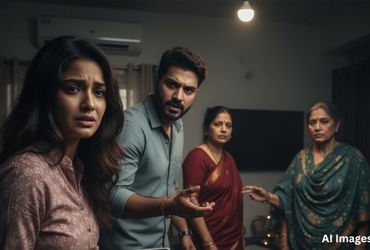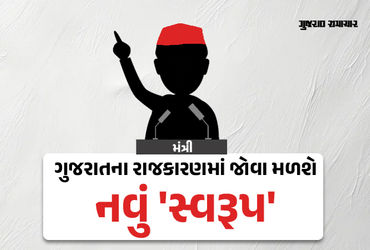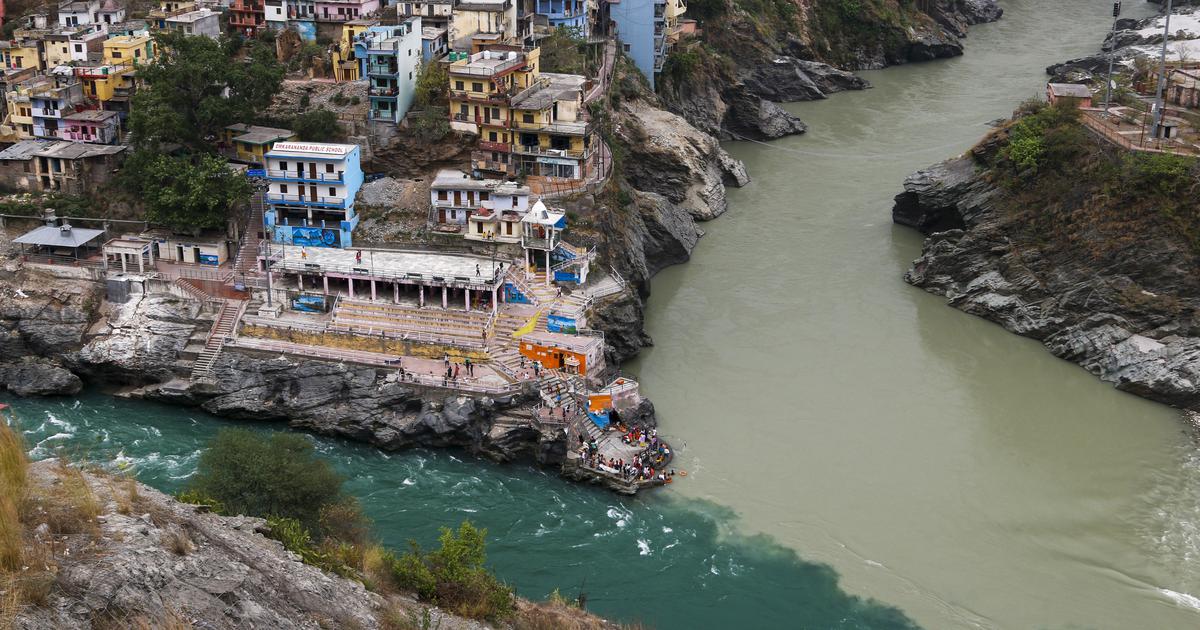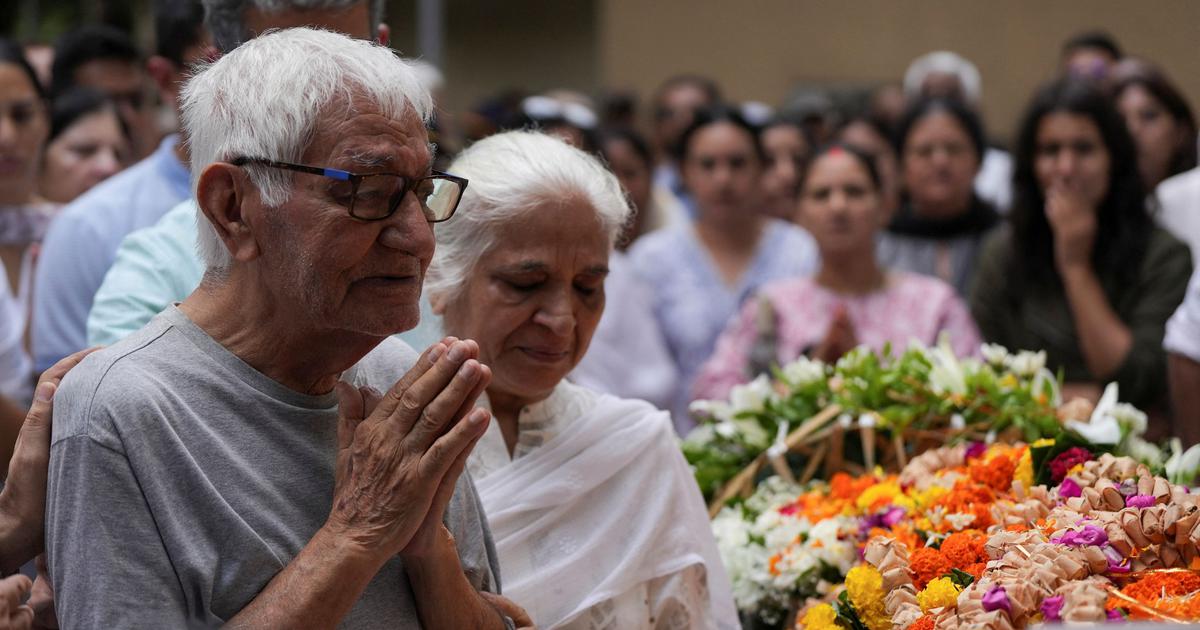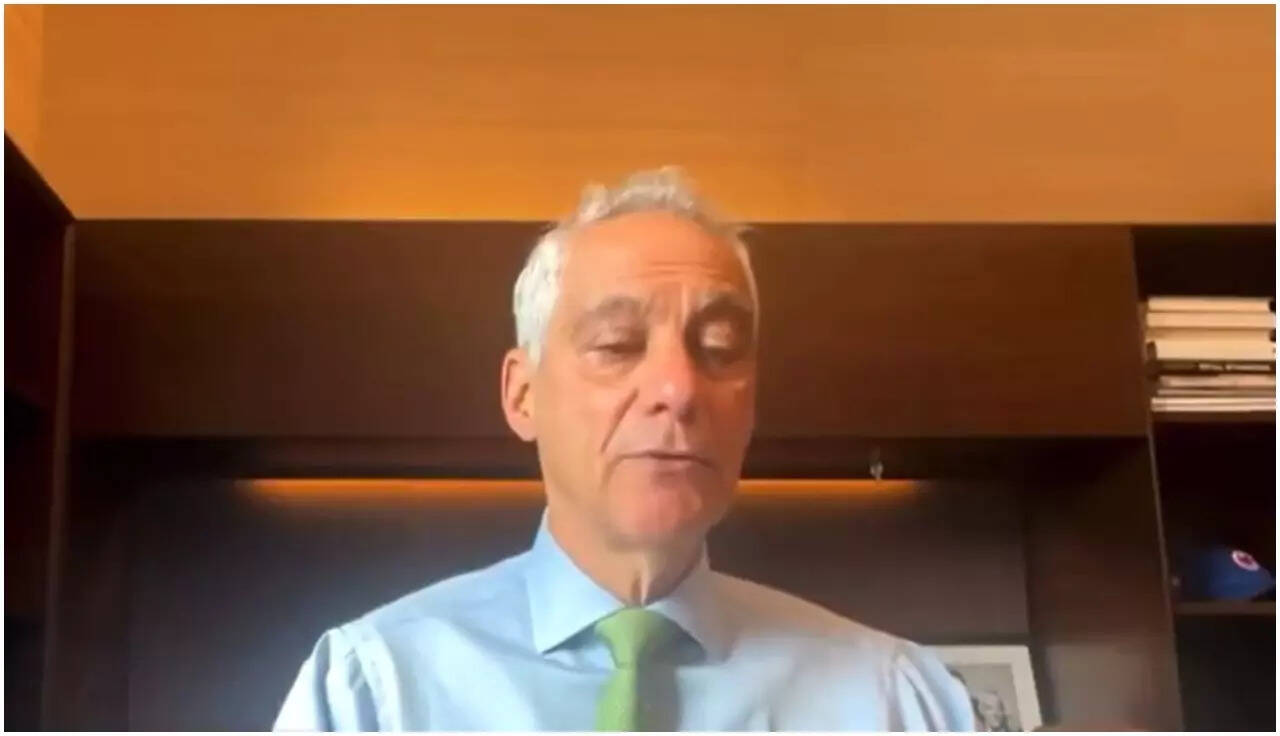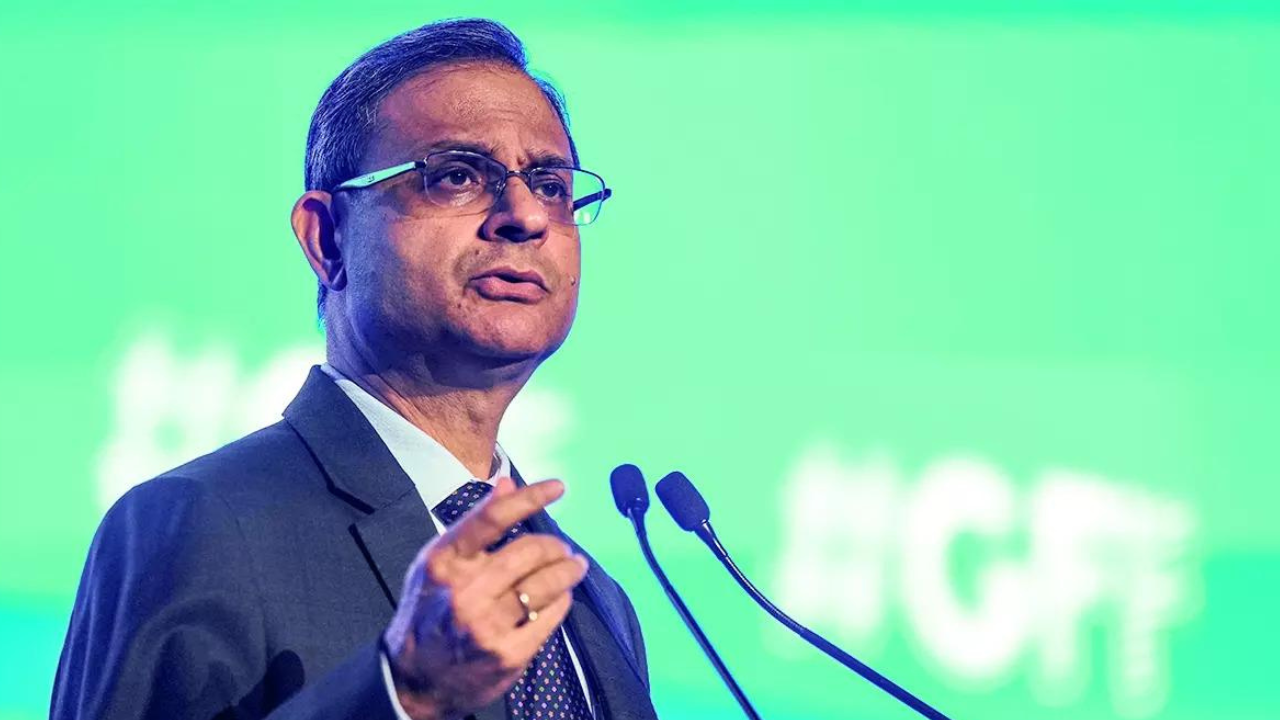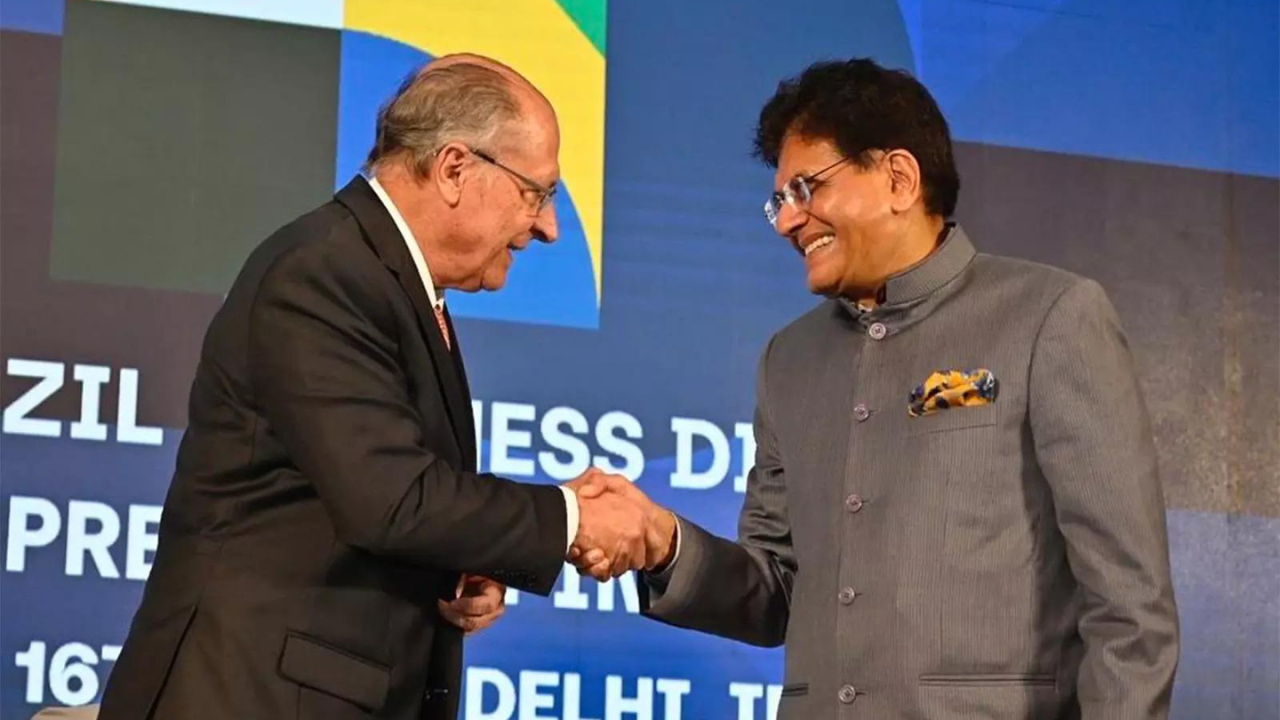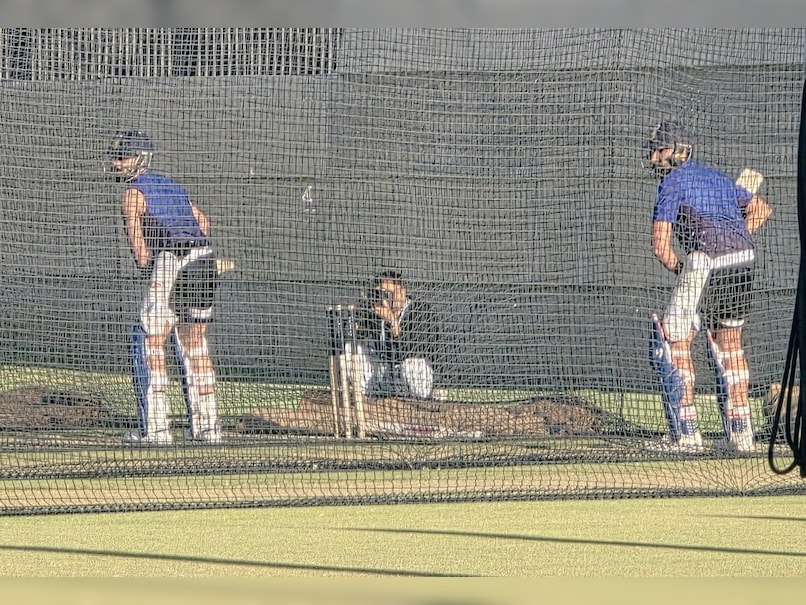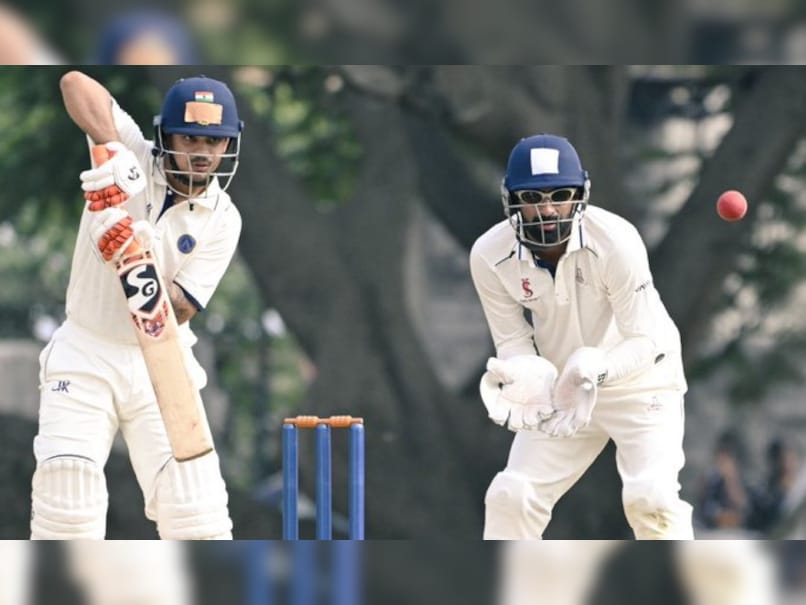‘The Bengal Files’ review: A twisted, motivated interpretation of history

Join our WhatsApp Community to receive travel deals, free stays, and special offers!
- Join Now -
Join our WhatsApp Community to receive travel deals, free stays, and special offers!
- Join Now -

“Yeh Poschim Bongal hai, Poschim Bongal,” a seemingly Bengali policeman tells Pandit, his senior from Delhi, early on in director Vivek Agnihotri’s The Bengal Files. This is West Bengal.
He is trying to explain to Pandit why the local police cannot arrest associates of a powerful state legislator despite orders. Pandit (Darshan Kumaar) is unable to understand this throughout the 204-minute long film.
The story is set in present-day Murshidabad. Pandit, a Central Bureau of Investigation officer, has been sent there to investigate a sensitive case. The legislator Sardar Husseini (Saswata Chatterjee) is accused of abducting a young woman journalist. Phrases like “India-Bangladesh border”, “illegal immigration” and “fake documents” are bandied about to give us a vague sense of what the local strongman was up to.
Pandit discovers some chapters of colonial Bengal’s history. He learns about the Great Calcutta Killings of August 1946, the Noakhali riots of October-November 1946 and the straight line that apparently connects those two events to the so-called vote bank politics of today.
Pandit is informed that Bengal follows two Constitutions: one for Hindus and another for Muslims. Sardar Husseini’s henchmen cannot be arrested – it would lead to riots. When Pandit does arrest them, headlines flash on the screen to tell us that there has been...
Read more
What's Your Reaction?
 Like
0
Like
0
 Dislike
0
Dislike
0
 Love
0
Love
0
 Funny
0
Funny
0
 Angry
0
Angry
0
 Sad
0
Sad
0
 Wow
0
Wow
0

